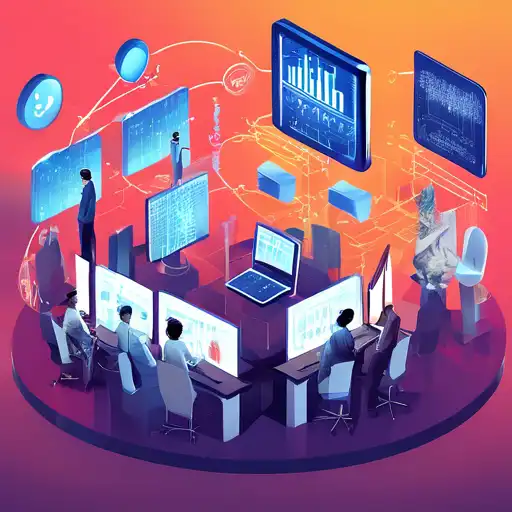Introduction to Data Science
In the digital age, data is the new oil. But just like crude oil, raw data is not useful until it's refined. This is where data science comes into play, transforming vast amounts of raw data into actionable insights and strategic decisions. Data science combines statistical analysis, machine learning, and data visualization to uncover hidden patterns, predict trends, and inform business strategies.
The Role of Data Science in Decision Making
Data science is revolutionizing how decisions are made across industries. By analyzing historical data, businesses can predict future trends, optimize operations, and enhance customer experiences. For example, retail giants use data science to personalize shopping experiences, while healthcare providers leverage predictive analytics to improve patient outcomes.
Key Components of Data Science
- Data Collection: Gathering raw data from various sources.
- Data Cleaning: Removing inaccuracies and preparing data for analysis.
- Data Analysis: Applying statistical models to interpret data.
- Machine Learning: Using algorithms to predict future trends.
- Data Visualization: Presenting data in an understandable format.
Why Data Science Matters
In today's competitive landscape, the ability to quickly interpret data and make informed decisions is a game-changer. Data science enables organizations to stay ahead by identifying opportunities for growth, reducing risks, and improving efficiency. Moreover, with the advent of big data, the scope and impact of data science have expanded exponentially.
Applications of Data Science
From finance to healthcare, data science is making waves. In finance, algorithms detect fraudulent transactions in real-time. In healthcare, data science helps in disease prediction and personalized medicine. The possibilities are endless, and as technology advances, so will the applications of data science.
Getting Started with Data Science
For those interested in diving into data science, a strong foundation in mathematics, statistics, and programming is essential. Python and R are the most popular programming languages in the field. Additionally, familiarity with machine learning algorithms and data visualization tools is crucial. There are numerous online resources and courses available to help beginners get started.
Future of Data Science
The future of data science is bright, with advancements in artificial intelligence and machine learning paving the way for more sophisticated analyses. As organizations continue to recognize the value of data-driven decision-making, the demand for skilled data scientists will only grow.
In conclusion, data science is not just about analyzing data; it's about turning that data into decisions that drive success. Whether you're a business leader, a budding data scientist, or simply curious about the field, understanding the power of data science is the first step towards unlocking its potential.
